Huawei Mate 20
Since the Mate 9, Huawei has been synonymous with big screens, big batteries and big megapixel counts, and, we’re pleased to report, nothing has changed with its latest flagships: meet the Mate 20 and Mate 20 Pro.

While the pricier Pro variant has the latest cutting-edge tech inside – an in-display fingerprint scanner, a 40MP primary camera sensor and a 2K curved OLED screen, the Mate 20 is actually truer to the heritage of the series.
It has a bigger, flat, IPS screen with Full HD+ resolution, clocking in at 6.53 inches. The rear-mounted fingerprint scanner is very traditionally Huawei, and rather than try and compete head-on with other flagships, it sidesteps luxuries like OLED screen technology in favor of power under the hood and a slightly lower price tag.
Costing €250 less than the Pro (around $285, £220, AU$405) there’s enough of a price difference to justify its existence. The question is, is Huawei just flooding the market with a second-rate handset, or is the regular Mate 20 actually a quality smartphone?

Huawei Mate 20 price and availability
Huawei has confirmed that the Mate 20 will not be coming to the US, with availability having only been confirmed for Europe and Australia. Pricing is also very different depending on the region you buy it in.
Starting with Europe, the version offering 64GB of storage and 4GB of RAM costs €799 RRP (£705 / $915), while the superior Mate 20 with 128GB and 6GB of RAM costs €849 (£750 / $975).
Meanwhile, in Australia, only the 128GB Mate 20 is available and it costs just AU$1099 outright (about $780 / £600).
Keep your eyes peeled for local pricing announcements. While the euro pricing is a bit steep, the AU pricing is excellent.
Key features
The Mate 20 is powered by the flagship Kirin 980 processor, which is teamed with either 4GB RAM and 64GB internal storage or 6GB RAM and 128GB storage; the storage can be expanded by up to 256GB using Huawei’s new Nano Memory card format. There’s a 4,000mAh battery, and Huawei’s SuperCharge tech, introduced on last year’s Mate 10 series, is onboard, and can get you from 0% to 80% in 45 minutes.
While the Mate 20 Pro version has IP68 water and dust resistance, the regular Mate 20 is IP53-rated, so is only splash-resistant. Like the Pro it’s protected by Gorilla Glass and has a pre-fitted screen protector as well as a soft plastic case in the box.

The 6.53-inch IPS 18.7:9 screen sports a teardrop notch and an 88% screen to bezel ratio. It isn’t the sharpest display around at 381 pixels per inch, but it still looks great, clocking in a significantly higher PPI than the iPhone XR for example, and boasting HDR capabilities.
The cameras are where things get interesting. Sitting somewhere between a mid-ranger and flagship, the new Mate 20 series triple camera system – one ultrawide, one wide and one telephoto – is a first for Huawei. That said, the cameras’ pixel counts are lower than those of the Mate 20 Pro.
Huawei Mate 20 hands on gallery
Design
The Essential phone, the upcoming OnePlus 6T, Honor’s 8X Max – all these phones have one thing in common: a ‘teardrop’ or ‘water droplet’ notch.
Now the Mate 20’s name can be added to the list, with the small notch at the top of its 6.53-inch screen housing the 24-megapixel selfie camera. The small size of the notch is the reason the phone sports an impressive 88% screen-to-bezel ratio, which makes for a highly immersive experience when gaming or watching video on this phone.

The big flat display is traditional and functional, making tasks like two-handed typing easier than on curved-screen phones like the Samsung Galaxy S9 Plus and Note 9. That said, it adds width, and this is a wide phone – 3.3mm wider than the Huawei P20 Pro, and 4.9mm wider than the Mate 20 Pro.
Color options include pink gold, midnight blue, emerald green, twilight, and black, with the first two options sporting a Hyper Optical finish. This treatment features striated diagonal lines running across the device’s back, adding grip and repelling fingerprints according to Huawei. It also looks cool – according to us – although so too does the gradient twilight finish on the device we reviewed.
The frame is metal with a high gloss finish, and there’s red accenting and a different, scratchy finish on the power button. This color popping and tactile effect doesn’t just look good, they also make it easy to differentiate the power button from the volume button when thumbing over the phone’s right side.
With a case in the box and a pre-fitted screen protector, other than upping the IP rating there doesn’t seem to be much Huawei could have done to make the Mate 20 more protected out of the box – and indeed, it’s fared well in our time with the device.
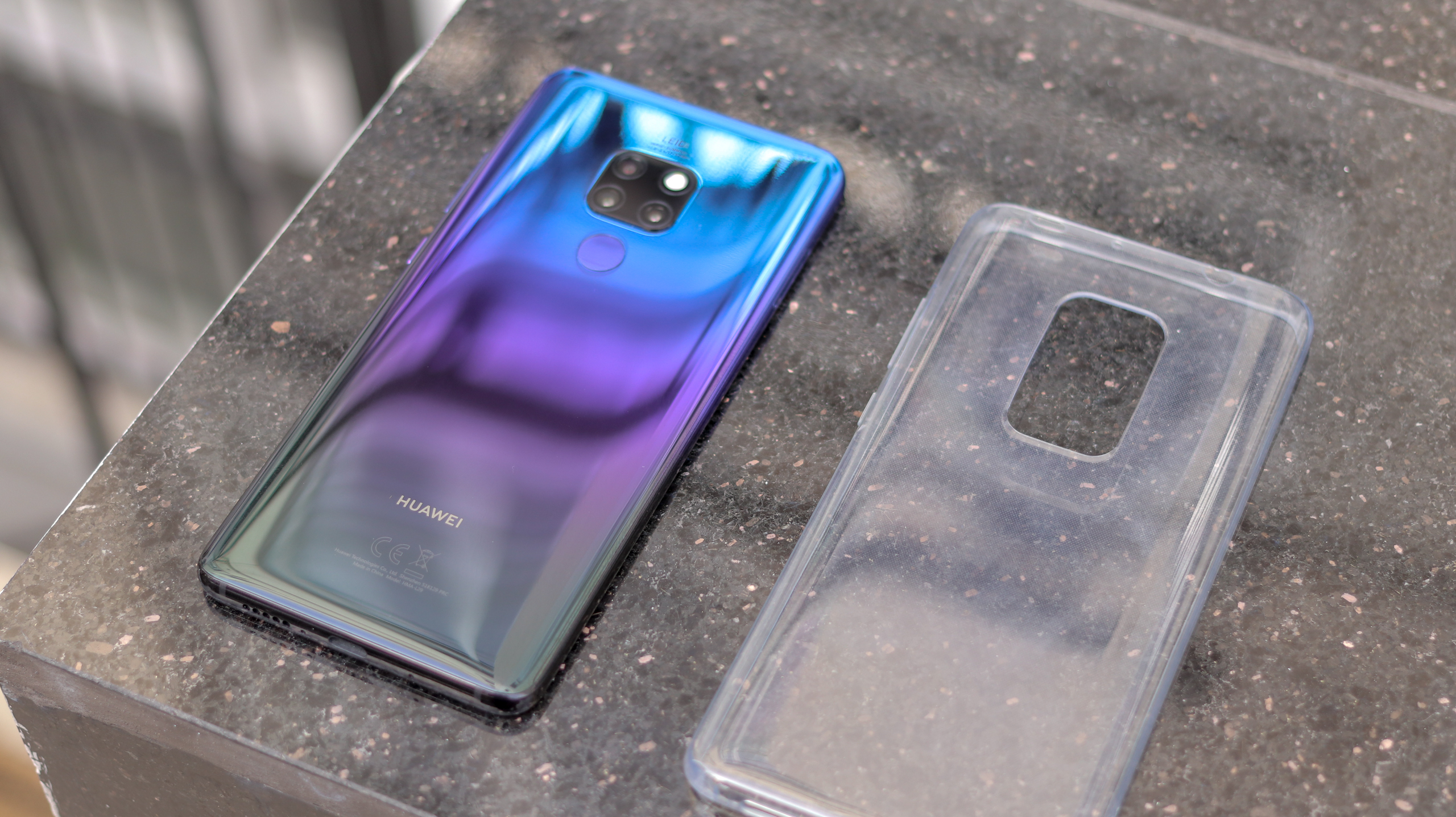
Weighing 188g, the Mate 20 is actually lighter than expected, undercutting smaller devices like the Sony Xperia XZ3; it’s also more than 10g lighter than the Note 9 and iPhone XS Max.
It’s also just 8.3mm at its thickest point, so isn’t as beefy as much of the competition, with a tapered edge helping it feel more manageable than its huge screen size would suggest it should.
Other design highlights include a new SIM and NM (Nano Memory) card tray. The latter is Huawei’s newly introduced, proprietary expansion card that’s the size of a nanoSIM, so 45% smaller than SD cards, and which offers up to 256GB capacity and read speeds of 90Mbps. There’s also a rear-mounted fingerprint scanner and a square camera bump, housing three cameras which we’ll look at in much more detail shortly.

Display
The 6.53-inch screen of the Mate 20 is engulfing. Just 12% of the phone’s front is bezel and the notch is tiny, so there really is very little distracting you from your content, and games look stellar.
With a Full HD+ resolution of 1080 x 2244 pixels the screen has a pixel density of 381ppi – that’s the same as found on much cheaper devices like the Honor 8X, but while this doesn’t sound like a great start it’s still sharper than the pricier iPhone XR and looks fantastic, with support for HDR 10 and extensive customization options in the settings.

Talking of the customization options, it makes sense we start with the screen, and Huawei hasn’t cut corners here – this is an excellent display by IPS standards. With a peak brightness of 820 nits brightness it shines bright and it packs depth in its colors, as well as great viewing angles.
Only when you place the Mate 20 next to inky OLEDs like those on the Samsung Galaxy Note 9 and the Mate 20 Pro does it look noticeably less rich, but even then, at no point does it look bad.
In the settings there are a range of options, including an eye comfort mode to filter blue light, color temperature controls, and a feature that adjusts the screen temperature to match the ambient light color, similar to Apple’s True Tone.
Not a fan of notches? Not a problem, you can easily hide this one, although while you might want to do so on a device with a more overbearing notch, like the Google Pixel 2XL, we’re guessing you’ll leave the Mate 20’s minimal cutout intact if you’re anything like us.
Interface and Performance
The Huawei Mate 20 is running Android 9, with Huawei’s EMUI 9 overlaid. Having the latest version of Google’s mobile OS onboard is good news, because you’re about as future-proofed as you can get when it comes to app compatibility and security updates. Unlike the Pixel 3s and other devices signed up to Google’s Android One standard, though, you don’t have a stock experience.
Huawei’s customizations are extensive, from visually overhauling almost every element of the OS through to adding a huge amount of functionality to Google’s framework.
In many respects, this makes the Mate 20 better than stock counterparts. The Digital Wellbeing feature for example has been rebadged by Huawei to Digital Balance. In Huawei’s version, it’s been better tailored for parents, with passcode protection features – a notable feature missing from Google’s stock Wellbeing tools, and one that’s available in Apple’s iOS 12.
The camera is also much more fully featured than those of the Pixel series, with full manual modes and handheld long-exposure presets.

Gestures
The Mate 20 series also adopts iPhone X-style gestures, meaning you can go to your home screen with a swipe up from the bottom, or access all your running apps if you hold midway through the swipe up.
A swipe right or left from either side of the screen can also serve as a back command, while a swipe up from either bottom corner can fire up Google Assistant. This frees the screen of the navigation bar, and it’s intuitive – it took no more than a day for us to get comfortable with it.
It’s also preferable to the hidden navigation bar featured on Samsung devices, which requires a swipe to bring into the frame.
As is the case with most Huawei customization, you can also turn gestures off, enabling the traditional navigation bar at the bottom of the display.
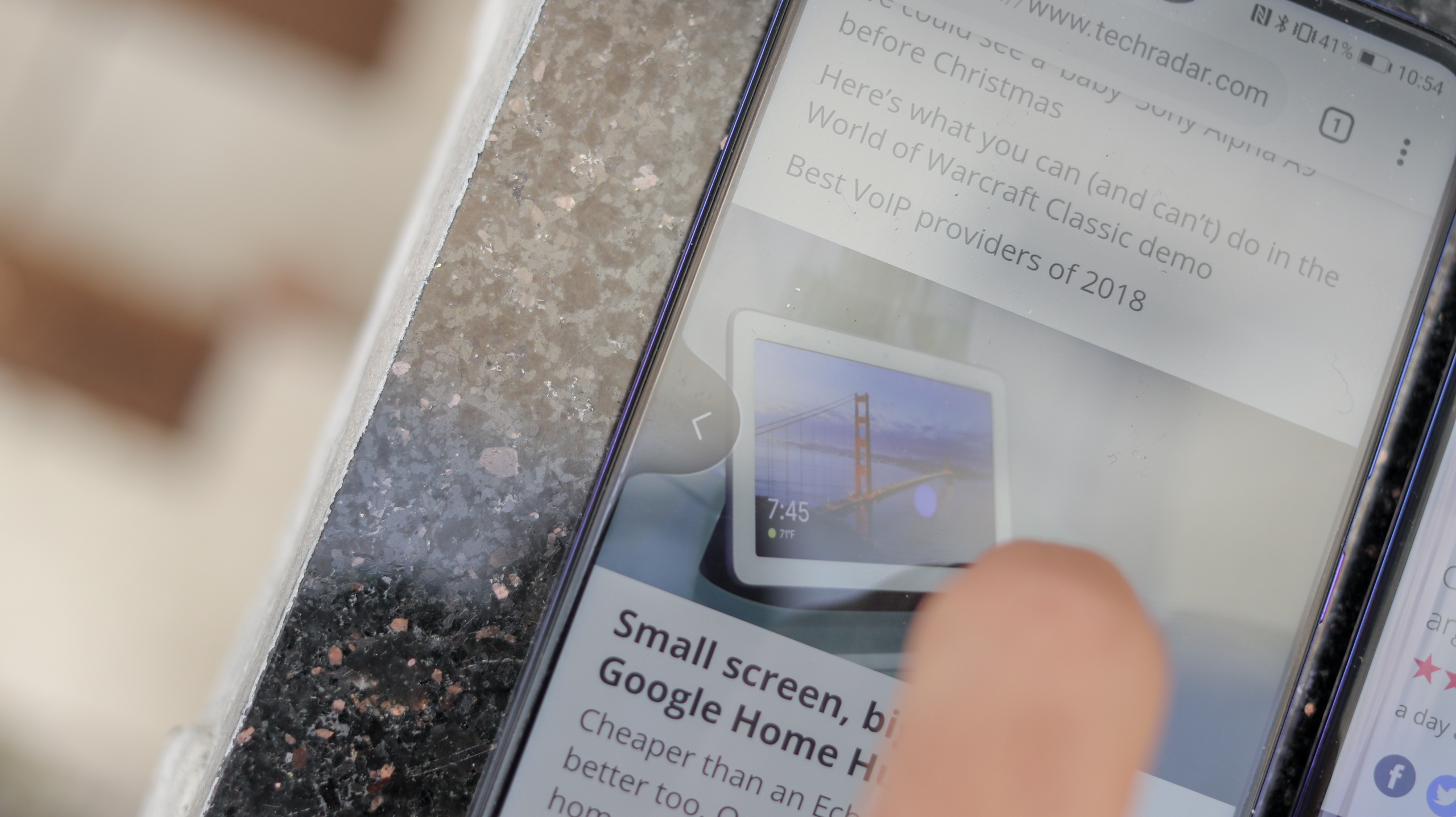
Core UI
The fundamental Huawei experience lives on in EMUI 9: no apps tray by default, skeuomorph interface elements made to look like their real-life counterparts, and a bunch of useful and not so useful enhancements.
Huawei has also gone to great lengths to streamline its newest iteration of EMUI, with less options in the settings and the promise of smooth performance, even after 18 months of use, according to Huawei.
While we can’t verify that latter claim after a week with the phone, we can confirm that EMUI is less overbearing than it has been in the past. The settings are tidier, interaction is smooth and performance across the board is excellent.
The elements that prevent it from being the eye-candy stock Android or Oxygen OS, however, are the icons, fonts and finishes within Huawei’s proprietary apps. It’s subjective, and this isn’t a reflection on how functional they are, but they do feel visually at odds with Android and Google’s apps, opting for a realistic, more iOS style as opposed to cell shading and simplified material design. In turn, Huawei’s experience also jars with third-party apps made for Android that have a stock look and feel to them.

Huawei also loads up a small stash of bloatware: eBay, Booking.com, Facebook and Netflix, along with some superfluous Huawei applications and proprietary services like Password Vault. You can ignore or uninstall most of the apps and services – and some, like Private Space, which enables two user accounts, are actually useful.
What’s particularly smart about Private Space is that you can assign a different fingerprint to each account, meaning that the print that unlocks the phone will unlock straight into that user’s designated account.
These sorts of thoughtful additions are scattered throughout – a double tap with your knuckle will take a screenshot, while a double tap with two knuckles will start screen recording, for example.
Huawei has also added handy gesture functionality once you take a screenshot. Swipe down to take a scrolling screenshot, or swipe up to share it to an app or contact – it’s handy, intuitive and time-saving.
EMUI Desktop
There’s also a Samsung DeX/Windows-style interface called EMUI desktop, which now supports wireless projection via miracast. What was good about EMUI desktop when it launched was that it didn’t require a pricey proprietary dock to fire it up like Samsung’s experience did – any USB-C to HDMI cable would do the trick.
This is still the case, and the experience has been improved in almost every respect. It still supports either Bluetooth or USB keyboard and mouse input, and it’s very natural to use word-processing applications and browse the web within it.
Huawei is also closing the gap between itself and Samsung from a quality point of view. A couple of small refinements, such as better notification management and apps displaying in tablet view, however, still put DeX slightly ahead of EMUI Desktop – but only slightly.
As for the wireless projection, it’s usable in a pinch but the latency is noticeable, so it ends up being a nice-to-have feature for anyone with a Miracast-enabled device, rather than an experience we would opt for frequently.
Across the board, EMUI 9 is a refinement. It has a tonne of useful additions, and didn’t raise any red flags in our time with the Mate 20 – we just wish it all looked that little bit more like Android.
Performance
To say the Kirin 980 processor nails it is an understatement. In our time with the Mate 20, everything from gaming to photography, and from video trimming to video playback, was smooth and cool.

The chip actually benchmarked better in the Mate 20 than it did in the Mate 20 Pro, possibly owing to its lower-resolution screen, with the Mate 20 achieving a Geekbench Multi-Core score of 9,900.
Despite running more powerful internals and an identical sized battery, the battery still managed to last longer than last year’s Mate 10, suggesting the Kirin 980 is both a more powerful and a more efficient chip than the 970 was.
By creating its own processors, Huawei can also break through limitations set by Qualcomm’s Snapdragon series – something no other manufacturer except for Apple can do.
It’s why Huawei was able to hit three rear cameras before the competition in the P20 Pro, and it’s why the Kirin 980 on the Mate 20 can reach download speeds of 1.4Gbps while the Snapdragon 845 is capped at 1.2Gbps.
Battery life
The Mate 20 can comfortably last two days with light to moderate use – and even with heavy use we found there was still some juice left in the tank by the end of the day, which is seriously impressive. It’s little surprise the phone does well on this front – after all, it has the same size battery as the Huawei P20 Pro and the Samsung Galaxy Note 9, two top

From a numbers point of view, the only widely available phone that trumps the Mate 20’s 4,000mAh battery is the Mate 20 Pro with its 4,200mAh unit. Meanwhile, the Sony Xperia XZ3 has a 3,330mAh cell and the Galaxy S9 Plus clocks in at 3,500mAh, while the iPhone XS Max’s battery is 3,174mAh.
It’s not all about battery size, though. Huawei offers a number of settings for fine-tuning power management, with two power saving modes and an ‘Optimize battery usage’ feature in the settings. This will sweep through your screen brightness/timeout settings, turn off rogue-syncing applications and even kill auto-rotate and vibration to get a few extra hours out of your phone.

The architecture of the Kirin 980 is also oriented to power management. Opting for a different array of cores to other chipsets, rather than feature high- and low-power cores, the 980 features two high-power, two medium-power and two low-power cores. This makes it better able to fine-tune performance to match demand. It’s also all deployed across 7nm architecture, a first for Huawei, matching Apple’s A12 Bionic in the iPhone XS series.
Storage and connections
The starting capacity of 64GB paired with 4GB RAM is the minimum we would expect for a device like the Mate 20, with the Mate 20 Lite featuring the same configuration, albeit with a significantly weaker chipset.
While casual users can comfortably opt for either version, the higher-specced, 128GB storage model paired with 6GB RAM is the one we would urge you to opt for if you’re a power user or a gamer.

The main reason for this isn’t down to power, or because 64GB is an unworkable amount of storage – it isn’t. It all comes down to expandable storage.
The Huawei Mate 20 and Mate 20 Pro are the first devices to introduce the company’s new, proprietary form of expandable storage, NM (Nano Memory) cards. You can’t buy these yet, we don’t know when you’ll be able to, and we don’t know how much they’re going to cost.
This storage is also around 10 times slower than the internal storage, and around 10Mbps slower than its cheaper microSD card competition, delivering 90Mbps read speeds.
The advantage is that Nano Memory cards are 45% smaller than a microSD card, and the exact same size as a nanoSIM card. This means the dual-SIM card tray can be smaller than SIM trays of old, in turn keeping the Mate 20 and Mate 20 Pro relatively streamlined.

The problem lies with early adoption in general. Unless Huawei subsidizes the cards heavily it won’t be able to offer the low prices microSD cards can, as the company simply won’t have the economies of scale needed to drop prices.
You’ll likely therefore be paying well over the odds for NM cards if and when they drop. It should also be noted that using a NM card will occupy your second SIM slot, scuppering your dual SIM plans, if you have any.
All of this means that while the additional €50 price bump for the 128GB model may seem like a lot, by paying it you’re getting much faster storage than either a NM card or microSD card can deliver.
The additional 2GB RAM in the 128GB version, meanwhile, will also help to reduce the shutting down of background processes – something Huawei and EMUI have been aggressive with in the past.
Camera
In a departure from last year’s Mate 10 and Mate 10 Pro, both of which had the same cameras, Huawei has deployed different camera setups in the Mate 20 and the Mate 20 Pro, with similar offerings but different specifics. Like the LG V40, both phones feature one ultrawide, one wide and one telephoto camera; where they differ is in terms of pixel counts and focal lengths.
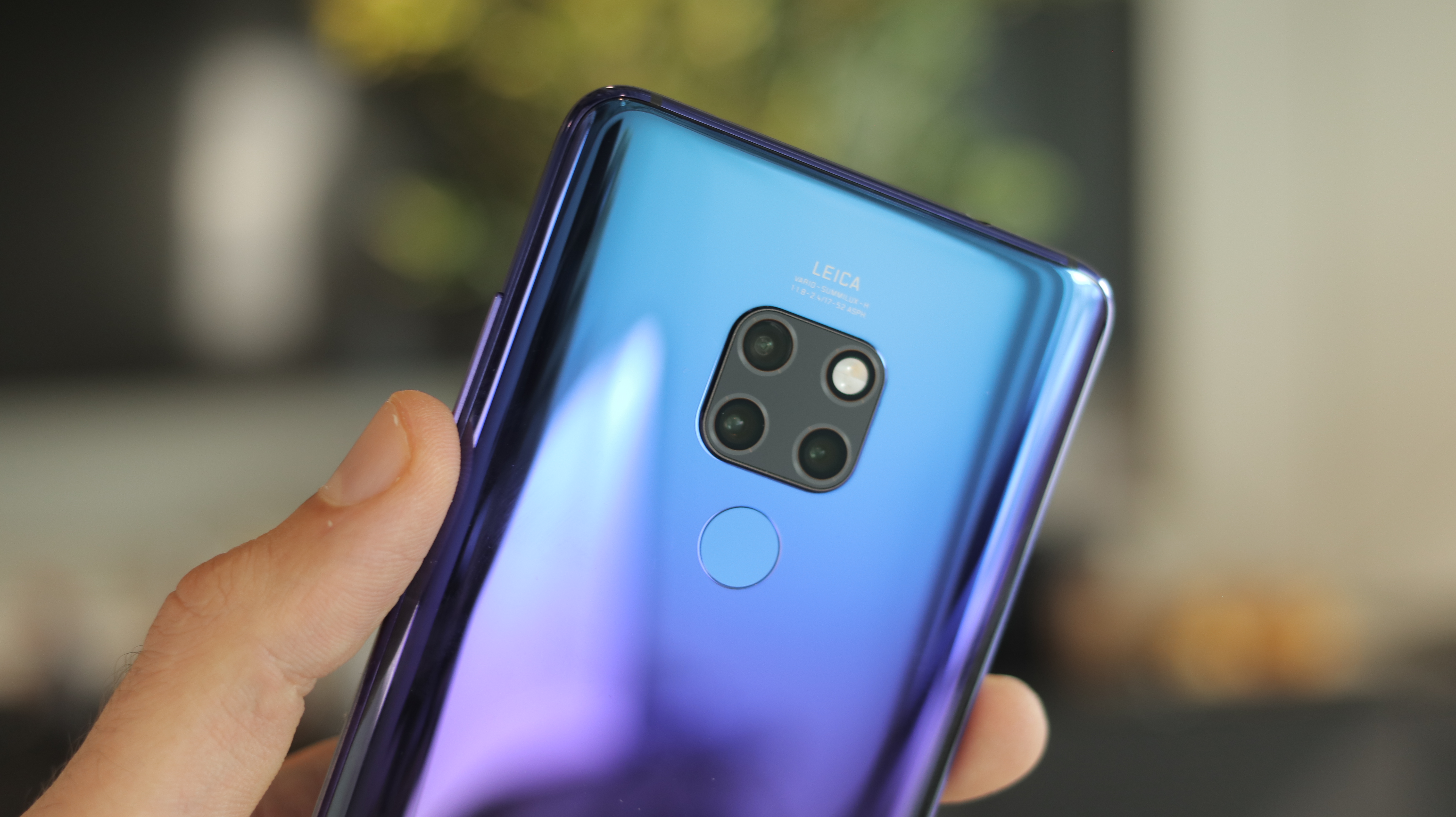
Three cameras, broken down
For starters, the Mate 20 has fewer megapixels than the Pro, with a primary 12MP f/1.8 camera (27mm), an ultrawide 16MP f/2.2 camera (17mm) and a 8MP f/2.4 camera (52mm telephoto camera).
With no 40-megapixel sensor in sight, the pixel binning, or oversampling, technique that made the P20 Pro so great is absent from the regular Mate 20. It also has a maximum zoom of 2x, where the Mate 20 Pro and P20 Pro go to 3x.

Off the bat, when the lights go down it’s worse than the iPhone XS, Note 9 and Pixel 3, with softer detail when you look closely – although dynamic range is still strong, and noise is handled reasonably well.
Considering this isn’t even the Pro version, it also impresses by beating out the cameras on the similarly priced or more expensive Sony Xperia XZ3, Razer Phone 2 and LG G7.
In good light, the Mate 20 also captures comparable 12MP detail to the Pixel 3 and iPhone XS, and it even handles certain colors, like red, better than Apple’s offering. Add to the mix the 2x zoom and the ultra-wide-angle lens and you get a very versatile camera phone – and this is before we get to the additional camera modes that make the Mate 20 a great choice for enthusiasts too.
Night mode, for example, holds and the scene still for a four-second handheld exposure by taking multiple shots and combining them to remove handshake. The dynamic range you can grab using it is mind-blowing, and the feature is easily one of the best uses of computational photography we’ve seen to date. This potentially overcomes any low light shortcomings, provided you’re okay with moving object motion blur, or are shooting a stationary scene.
While it’s definitely the best additional shooting mode on this phone, it’s far from the only one – so make yourself comfortable, as this may take a while:
Aperture mode is back, working across the wide-angle and 2x zoom lens, enabling depth of field effects that can be tweaked after your shot is taken. Apple may have claimed to revolutionize photography by including a similar feature in the new iPhones, but Huawei’s been doing this for years.

Portrait mode is also here, adding optional beauty enhancements to Aperture mode. It also features a slightly ridiculous new set of portrait lighting effects, so you can change the shape of the bokeh to look like lots of blurry hearts, or overlay striated shadows over your portrait – you know, so you can look moody, like you’re behind a set of blinds, or something?
There’s also a pro mode that works across photos and videos, as well as monochrome, panorama, slow motion, HDR and timelapse, none of which need much explaining.
AR lens, however, does. This is Huawei’s take on Apple’s Animojis – titled 3D Qmoji on Huawei phones. With a range of animals and even a robot to see yourself reflected as, it mirrors your facial expression on-screen, and pretty terribly. Our Qmoji always looked angry, so Huawei either has some way to go or we need cosmetic surgery.
The phone can also capture light paintings, as introduced on the Huawei P9, scan documents and reorient them to a perfect rectangle; and, down the line, it will be getting a 3D scanner, so it will be able to scan and animate 3D objects.
Overloaded? Most definitely. Good at the basics? Absolutely.
Video
Those basics also include video, with the stabilization across all three focal lengths being simply breathtaking in good light.
The Mate 20 can therefore compete with the Galaxy S9 and Note 9 on this front, as well as the Pixel 3 and the Huawei P20 Pro.
Surprisingly, the Huawei Mate 20 Pro also manages to nail 720p 960fps slow motion in a way Sony and Samsung haven’t, with results delivering acceptable noise and flickering across lighting conditions for the first time in a smartphone.
Like the P20 Pro when it first launched, zooming throughout the three cameras’ focal ranges can result in some questionable results. For example, the Mate 20 flips to an alternative camera when you go to a 2x zoom in video, and you see the moment it switches. The problem is, at times the camera switch results in a worse picture than was produced on the prior camera.
Hopefully these are teething problems that will be ironed out with software updates – and even if they aren’t they aren’t deal breakers.
Selfies

Combine Huawei’s slightly bonkers heritage of beauty effects with a 24MP camera and you get – a whole new level of bonkers.
Fundamentally, the selfie camera performs really well across lighting conditions. The shooting modes are off the wall, as mentioned earlier, but you can dial everything back to a realistic setting that offers great dynamic range and respectable low-light handling if you so choose.
While there’s no front LED flash, the screen flash is powerful, and you can also get wide-angle shots with a selfie panorama feature.
Verdict
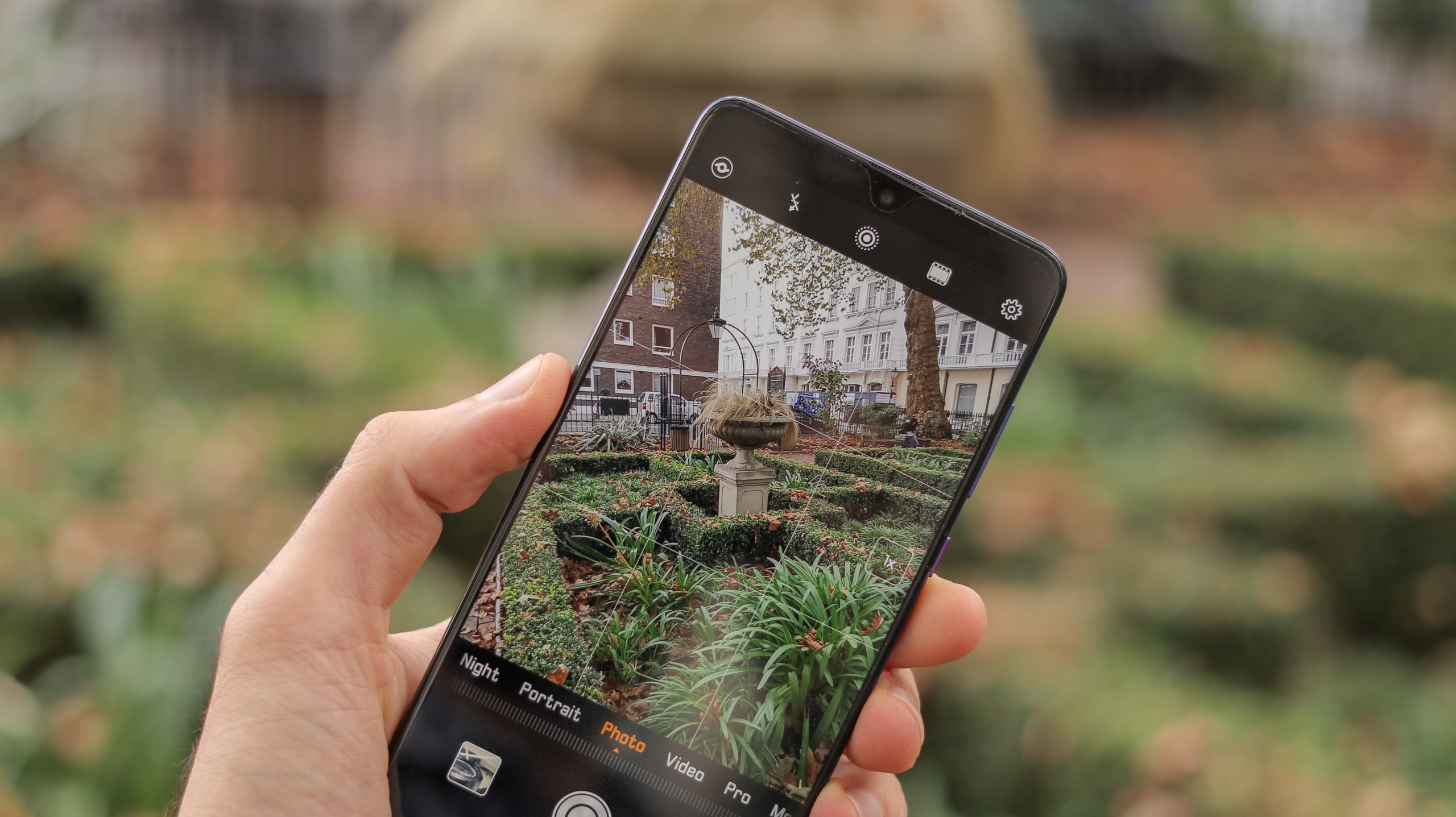
The question is, does the Mate 20 deserve to exist in a world in which the Mate 20 Pro is a thing?
Yes. Yes it does. It offers much of what makes the Mate 20 Pro great at a lower price, and adds a headphone jack. It also delivers much more than the Mate 20 Lite, and differs significantly from any other Huawei or Honor (Huawei’s sub-brand) phone currently on the market.
If you don’t need the bleeding edge in-screen fingerprint scanner, wireless and reverse wireless charging, 2K AMOLED display tech, IP68 water and dust resistance and 40MP of camera power, therefore, you could save yourself €250 or AU$500 when compared to the Pro.
To sum up: the Mate 20 is an excellent-looking phone with a giant, immersive display, a great camera, sensational battery life and monumental amounts of power under the hood.
Who's it for?
Gamers – it has an excellent screen and solid sound performance. It’s also incredibly powerful and offers up to 128GB of built-in storage. With a less angular design than the Razer Phone 2, it’s also a bit more accessible, despite lacking the gaming phone’s 120Hz display.

The Mate 20 is also well suited to tech enthusiasts who want function over the latest, bleeding edge tech. It’s fundamentally a more sensible phone than the Pro, costing less and offering a comparable user experience in key areas.
It’s also for photography fans who can’t stump up the price of the P20 Pro or Mate 20 Pro. With a plethora of manual modes, excellent video performance and that killer long-exposure Night Mode, Huawei takes this ‘not quite a flagship’ phone into top tier territory.
Should I buy it?
If you like big phones, the Mate 20 is very easy to recommend.
Will it last a full day? Absolutely. Will it take excellent pictures? Yes. Do we notice the Full HD screen being weaker than the displays on other QHD devices? No – the only time we noticed it could be better was when we placed it alongside flagship AMOLEDs, and even then it performed well. As for the rest of this phone, it pretty much nails it in every respect in day to day use, so if you don’t mind doing without waterproofing and wireless charging, you will likely like the Mate 20.
First reviewed: October 2018
Looking for other options? Check out the following alternatives:
Samsung Galaxy S9 Plus

The Galaxy S9 Plus has a slightly smaller screen to the Mate 20. It has an excellent camera that supports dual apertures though, edging ahead in low light when shooting in automatic. The fact that it’s been out for a while now is the big thing in its favor as the price may undercut the Mate 20 in your region, and while it may lack the wide angle camera, it does pack a beautiful 2K OLED curved display.
Read our full Samsung Galaxy S9 Plus review
Huawei P20 Pro

With its triple camera, the Huawei P20 Pro is a different beast to the Mate 20, offering a monochrome sensor as opposed to an ultra-wide angle lens and a less curvaceous look and feel. The P20 Pro also has an more traditional notch, paired with OLED screen technology. Also sporting a 4,000mAh battery, it too lasts for ages, but unlike the Mate 20, it features the last generation Kirin 970 processor and doesn’t have a headphone jack.
Read our full Huawei P20 Pro review
iPhone XS Max
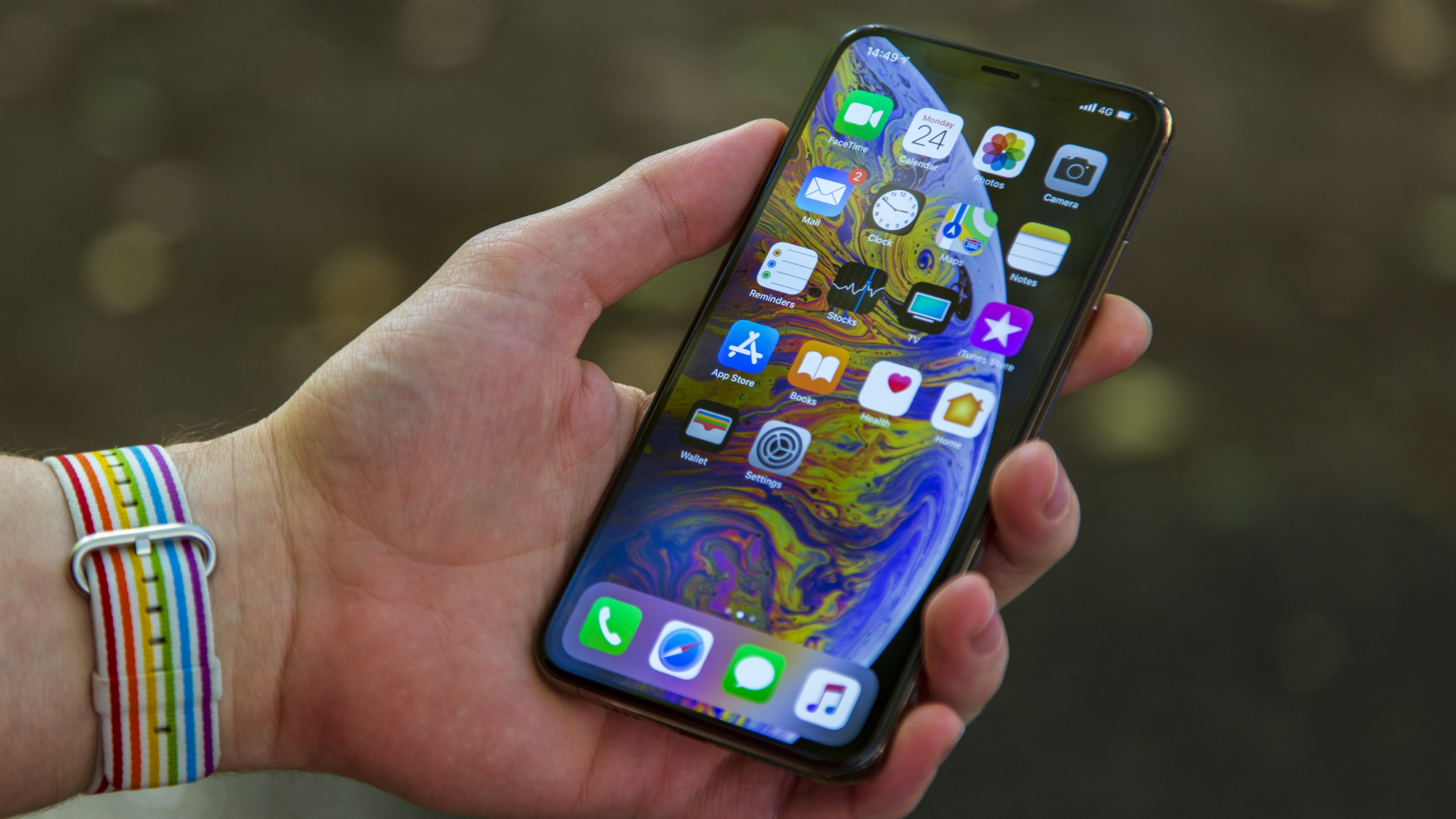
The iPhone XS Max is the only iPhone currently available that goes toe-to-toe with the Mate 20 in terms of size. The iPhone’s UI – iOS 12 – is more refined than EMUI 9, but is less versatile and potentially less functional in turn. The same can also be said of the camera, with the iPhone delivering a reliable point and shoot experience, but the Mate 20 delivering many more tools to play with.
Read our full iPhone XS Max review
LG V40
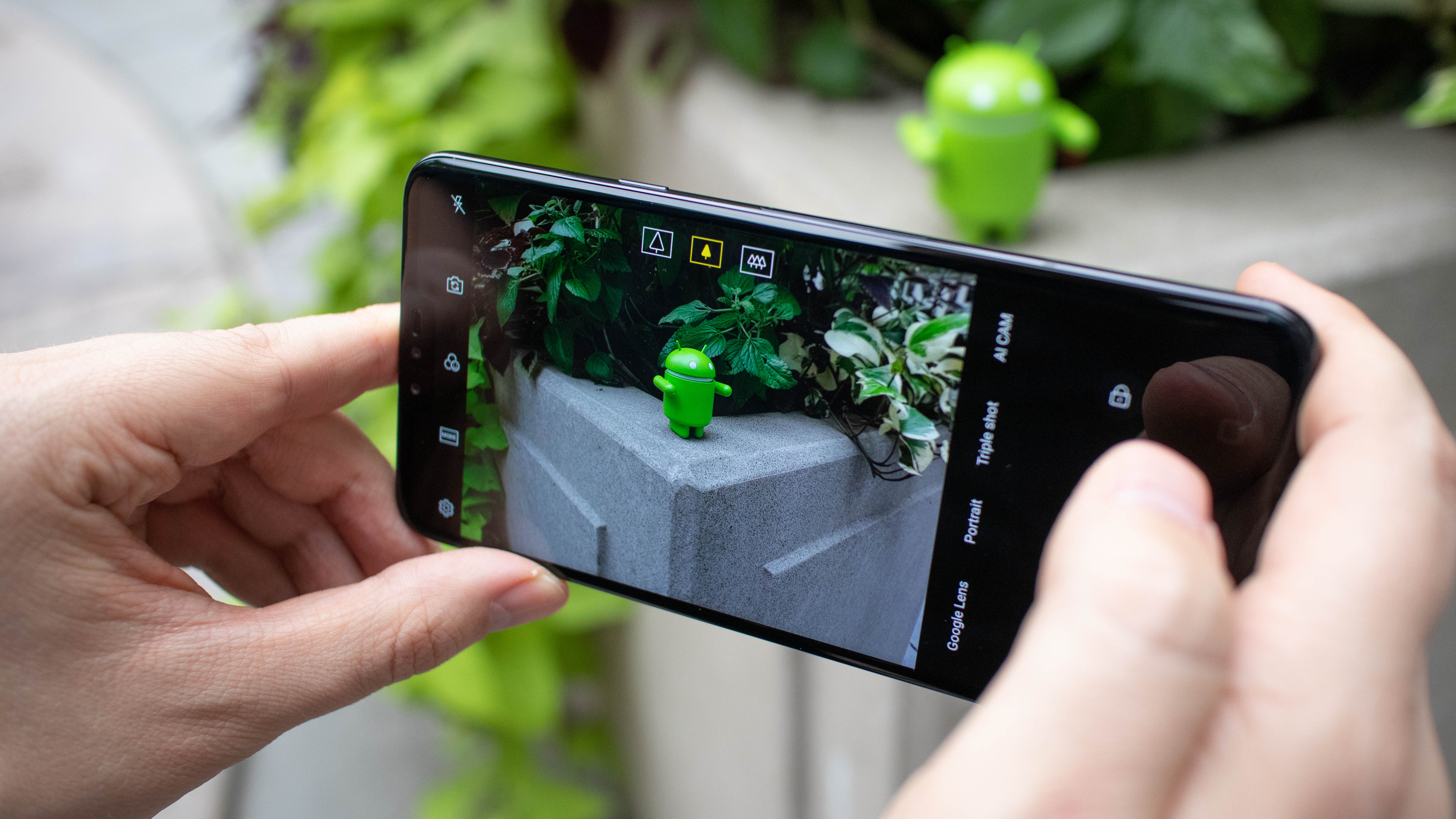
The LG V40 is an alternative for anyone who wants a similar three camera setup with an OLED screen. It’s pricier and doesn’t offer the excellent value for money in regions like Australia the Mate 20 does. In its favor however, it’s widely available in the US, sports excellent design and has plenty of power under the hood.
Read our full LG V40 review
0 comments:
Post a Comment